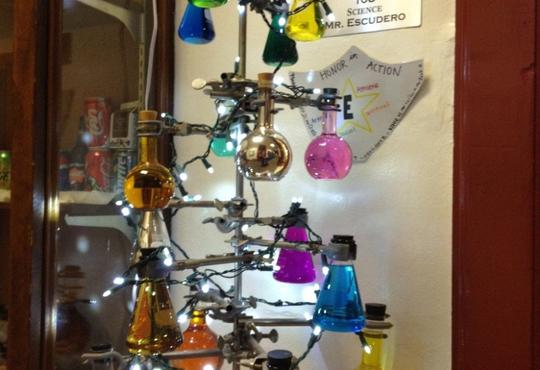Recently, Russ George, an American businessman, performed what many believe to be a questionable experiment. Mr. George “fertilized” the ocean by dumping 100 tonnes of an iron-enriched, dirt-like material into the Pacific, several hundred kilometers off the coast of northern British Columbia. Mr. George’s hope was to stimulate the growth of phytoplankton, to increase the food supply for salmon and to possibly increase carbon uptake by the ocean. This experiment wasn’t cheap. It cost two million dollars and was initiated by the Haida Salmon Restoration Corporation. The result was a 10,000 km2 algal bloom, visible in satellite photographs. John Disney, president of the corporation, claimed that this tremendous increase in phyto-plankton consumed atmospheric CO2, thereby sequestering it in the ocean. He stated “What that does is create what is called a carbon offset credit, and that is a saleable commodity.”
If you pardon the pun, this incident is fertile ground for class discussion. While there are currently no answers regarding the long-term environmental impact of this kind of fertilization on the ocean’s ecosystems, there are plenty of questions. The following could form the basis of a discussion in classes ranging from chemistry, to law, to world issues, to biology.
- Was this a real experiment?
- Was this action sanctioned by any government body?
- Were any international laws violated by this experiment?
- Does the desired effect equal the actual effect?
- What is “the tragedy of the commons”?
- Are the ocean’s various ecosystems independent?
- In this day and age, do commercial interests trump good science?
- Are the benefits worth the risk?
- What is meant by “sequestering carbon in the ocean”?
- What are carbon offset credits?






